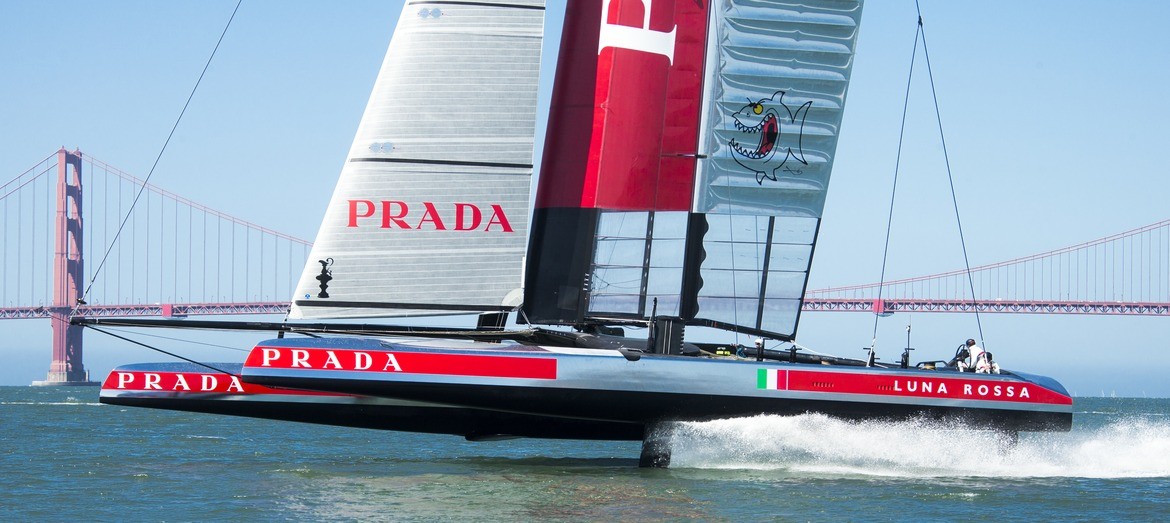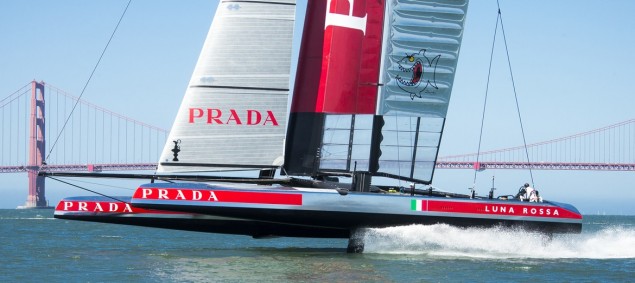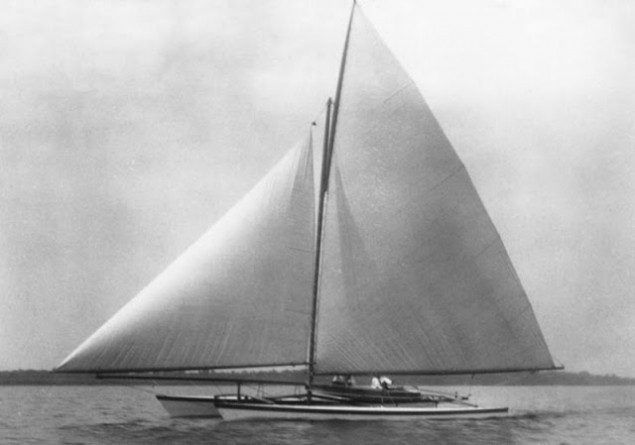Was The World’s ‘Northern-Most Island’ Erased From Charts?
by Kevin Hamilton (University of Hawaii) In 2021, an expedition off the icy northern Greenland coast spotted what appeared to be a previously uncharted island. It was small and gravelly,...


I’ve had serious reservations about the future of the America’s Cup over the past few years, even more so since the tragic death of Andrew “Bart” Simpson from Artemis Racing after the catastrophic capsize of their AC 72 on San Francisco Bay last month.
With four teams powered by astronomical budgets, sailing boats that seem to spend more time in the air than floating in the water, it’s a bit of a far cry from the regattas experienced by Ted Turner, John Bertrand, and Dennis Conner during the reign of the 12-meter rule.
As someone who has been racing mono-hulled sailboats for the past 18 years, it was easy to relate to boats built according to the 12-meter rule, and the IACC rule in the 90’s. Although the movie “Wind” was a rather cheesy movie, it was a bit of a cult classic for anyone who raced sailboats, or was interested in naval architecture (like myself) back in the 90s. We could all relate to it.
Skip ahead 15 years and we now have 72-foot boats made entirely of carbon fiber while ripping around a race course at 45 knots on foils.


This is definitely not the naval architecture that I studied back in 1999. It’s so unfamiliar to anyone in the sailing world that many of us are just scratching our head thinking, “Are these billion-dollar syndicates ruining the America’s Cup with this bizarre new concept of yacht racing?”
I would say that the sport of sailing has advanced more in the past few years due to this most recent America’s Cup than it has since 1983, or perhaps even longer.
I was racing with Tom Weaver this past week out at Block Island and as the former CEO of an America’s Cup program, coupled with a naval architecture degree and extensive offshore experience on big catamarans (Steve Fawcett’s Playstation), he brings a unique perspective to the future of sailing. Tom comments,
“Nathanael Herreshoff drew the first racing catamaran to compete in the the New York Yacht Club’s annual regatta. This boat so frightened the membership at the time that catamaran racing was banished from civilized yacht racing for the last 100 years. Fast forward to the 2013 Americas Cup, this evolution has been unleashed with seemingly unlimited budgets which will provide a trickle-down effect into the general population.
In the next 15 years, if you are not racing a cat, you will be racing “classic” boats.”


We were motoring back in after racing and passed a large single-masted luxury sailing yacht anchored in the harbor and it occurred to me that not only could racing yachts change significantly, but also the luxury yacht world. Why would someone order huge luxury monohull when they could have a catamaran that sails twice as fast, is far more stable, has more room, and has a shallower draft?
Sure, it’s a bit beamier, but it seems odd that very few people have ordered such a vessel.
Regardless of whether or not you think multi-hull sailing is cool, or care who ends up with the coveted America’s Cup trophy at the end of September, it’s very possible that when you find yourself watching the America’s Cup this summer, you’ll be seeing a glimpse of the future of sailing.
Naval architecture students should take notice.
Join the gCaptain Club for curated content, insider opinions, and vibrant community discussions.


Join the 105,922 members that receive our newsletter.
Have a news tip? Let us know.
Access exclusive insights, engage in vibrant discussions, and gain perspectives from our CEO.
Sign Up




Maritime and offshore news trusted by our 105,922 members delivered daily straight to your inbox.



Essential news coupled with the finest maritime content sourced from across the globe.
Sign Up